“Bee the change you wish to see in the world.”
Ghandi
The native stingless bee colony at our Little Man’s School is thriving again and the hive has an informative sign hanging beside it to protect the stingless bees against any more unfortunate instances. The is designed with the intention to help educate the school community on the importance of these little pollinators.
For those of you who haven’t been following this story on the CWMS Facebook Page allow me to catch you up!
A Recap On The Conversation Around the Australian Native Stingless Bee
Last week CWMS published the article called Recognising Australian Native Stingless Bees.
The post was published on the blog on the 31 August to coincide with the first day of Spring. It was written in acknowledgement of how similar the Australian native stingless bee looked to the common fly, with the hope of creating a little ‘Bee Love’ and increasing the number of people who are interested in protecting them. And just between you and me, I was pretty chuffed with the amateur photography effort!
Introducing The Australian Native Stingless Bee Colony at our Son’s School
‘Recognising Australian Native Bees’ week was well and truly shaping up to be a great week. Spring had arrived, the blog post was well received and a fellow Mum (who had read the story) even pointed out to me a colony of Australian native stingless bees during the school drop-off. The thriving nest was right out the front of our Little Man’s classroom – what are the odds of that!
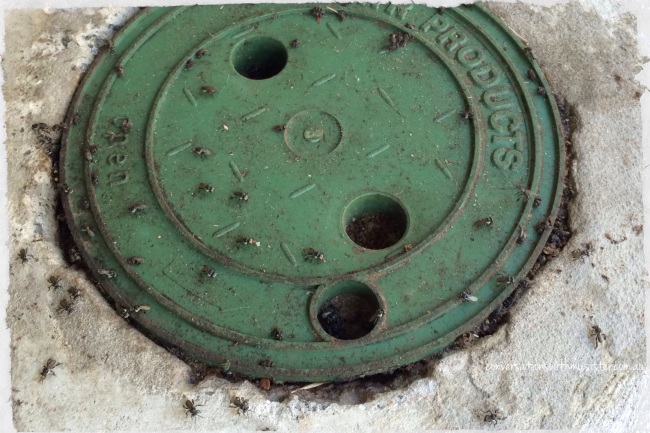
I posted a photo on CWMS Facebook Page to share this discovery and mentioned – “Apparently these little fellas are lucky the groundsman knows the difference between a bee and a fly as the general consensus from fellow Parents was “how disgusting – flies!”
Unfortunately, the groundsman wasn’t around three days later…
The Day The Native Stingless Bees Were Sprayed with Insecticide
Three days later I was so sad to report that the Australian native STINGLESS bees, which were all thriving on the very first day of a Spring (when I first posted a photo of them), had all died.
Instead of recognising this as valuable HARMLESS pollinators hive, they were mistaken as flies and sprayed with insecticide.
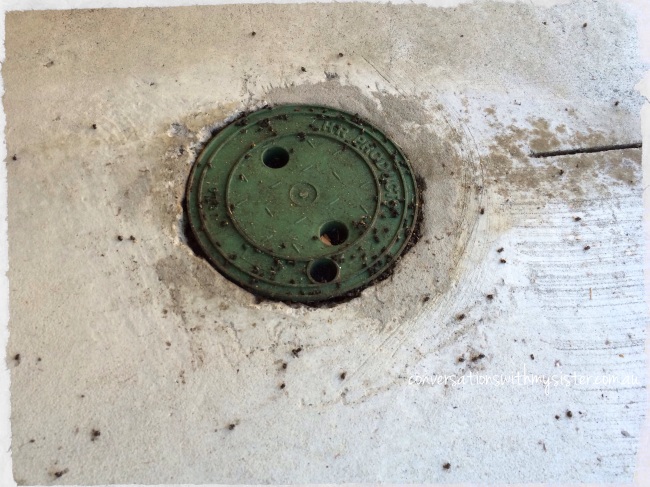
It was then clear that since my motto is ‘to be part of the solution’, a Protection and Education Plan needed to be established for when/if they return.
Positive outcome – Operation Protection and Education Plan is Implemented
With my heart on my sleeve, I took one of the dead little bees to the School office. Dramatic I know, but this little bee was carrying balls of pollen and was a perfect visual opportunity to begin my Protection and Education Plan (which I was sure would unfold once I started).
I was just as surprised as you to see just how passionate I had become of the little critters – it was just awful seeing them all lying dead on the concrete.
To cut a long story short, the wonderful ladies in the office were instantly in full support of protecting these little bees. One lady in particular tuned out to be just as conscious about their importance as I was and had native stingless bee stories of her own to share.
It was decided then and there that a sign needed to be placed above the bee hive as a way to introduce the native stingless bees and provide some facts on the extremely important way they impact our environment.
A photo of the colony was emailed to Megan Halcroft at beesbusiness.com.au for expert identification. Her role as Conservation Education Specialising in Native Bees meant she could confirmed straight away that the bees at the school are native stingless bees. She was more than happy to have her statement on record to say they pose no threat to any of the children with who they might come in contact. She also passed on our information to a local Bee Removal Specialist in case that was a step which needed to be taken in the future.
Here is an image of the poster which was stationed in full view near the site of the stingless beehive as part of Operation Protection and Education Plan.
This double-sided sign has now been placed in clear view beside the hive and I am super proud to say Operation Protect and Educate has been a huge success. My heart has been removed from my sleeve and I now wear a proud smile while enjoying the satisfying sense of achievement from standing up for something I believe strongly in.
Keen to learn more…
- CWMS is ‘Buzzing’ as we Save Hundreds of Lives is the third article in the impromptu series focused on bees.
- The second post, Recognising Australian Native Bees was written to raise awareness of the difference between Australian native stingless bees and the common fly.
- The very first essay, Bee-cause: Why Stingless Bees Make Terrific ‘Pets’, was written to introduce to you our personal colony of Australian native stingless bees and is full of useful ideas and links on how you can be involved in encouraging your local bee population to flourish, my personal recommendation on delicious local and ethically harvested (100%) honey and also a couple of options where you can either purchase an established hive or build a simple ‘Bee Hotel’ yourself from scratch.
Pin For Later
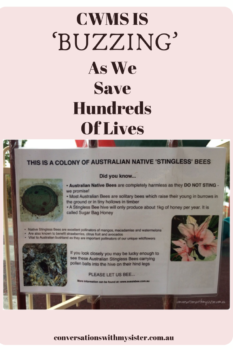
If you have any advice to share or questions you would like answered please join the conversation:
Comment Section Below || Facebook || Instagram || Pinterest
By writing suggestions such as lead by example and ensuring constructive everyday actions boldly on the CWMS Introductions Page I am completely accountable to practice what I preach as this journey of Keeping It R.E.A.L continues. I am proud of this success story and genuinely hope this ambition of mine to make a significant difference becomes contagious.
How far are you willing to go in order to ‘bee’ the change you wish to see in the world…?
X Shea
Previous conversations
<a


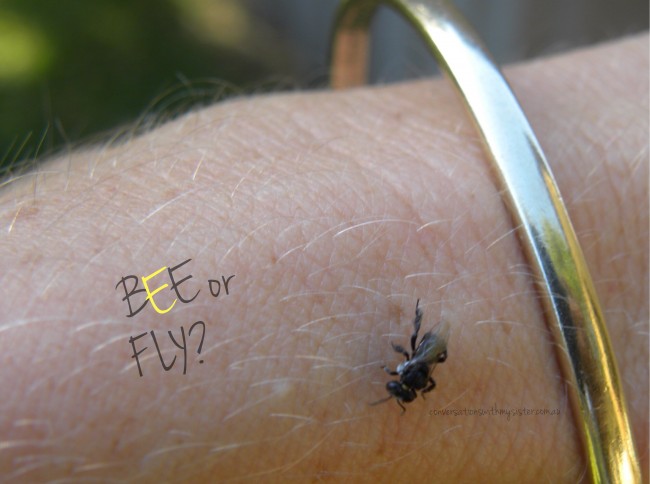
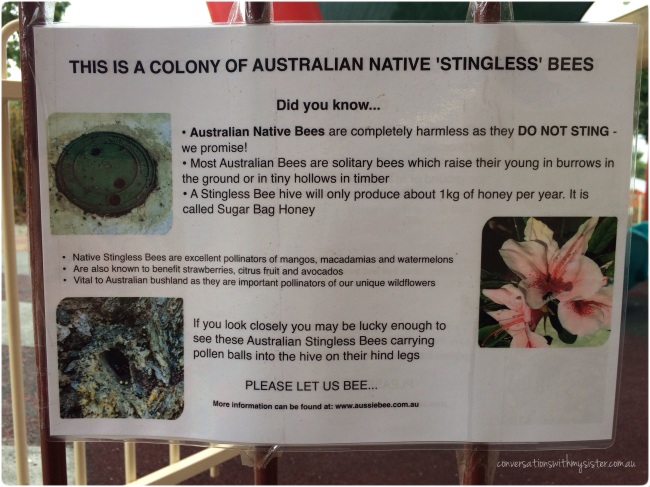

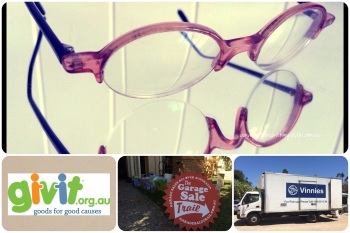
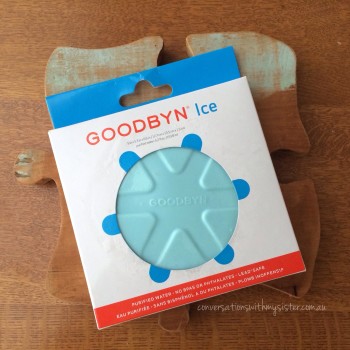


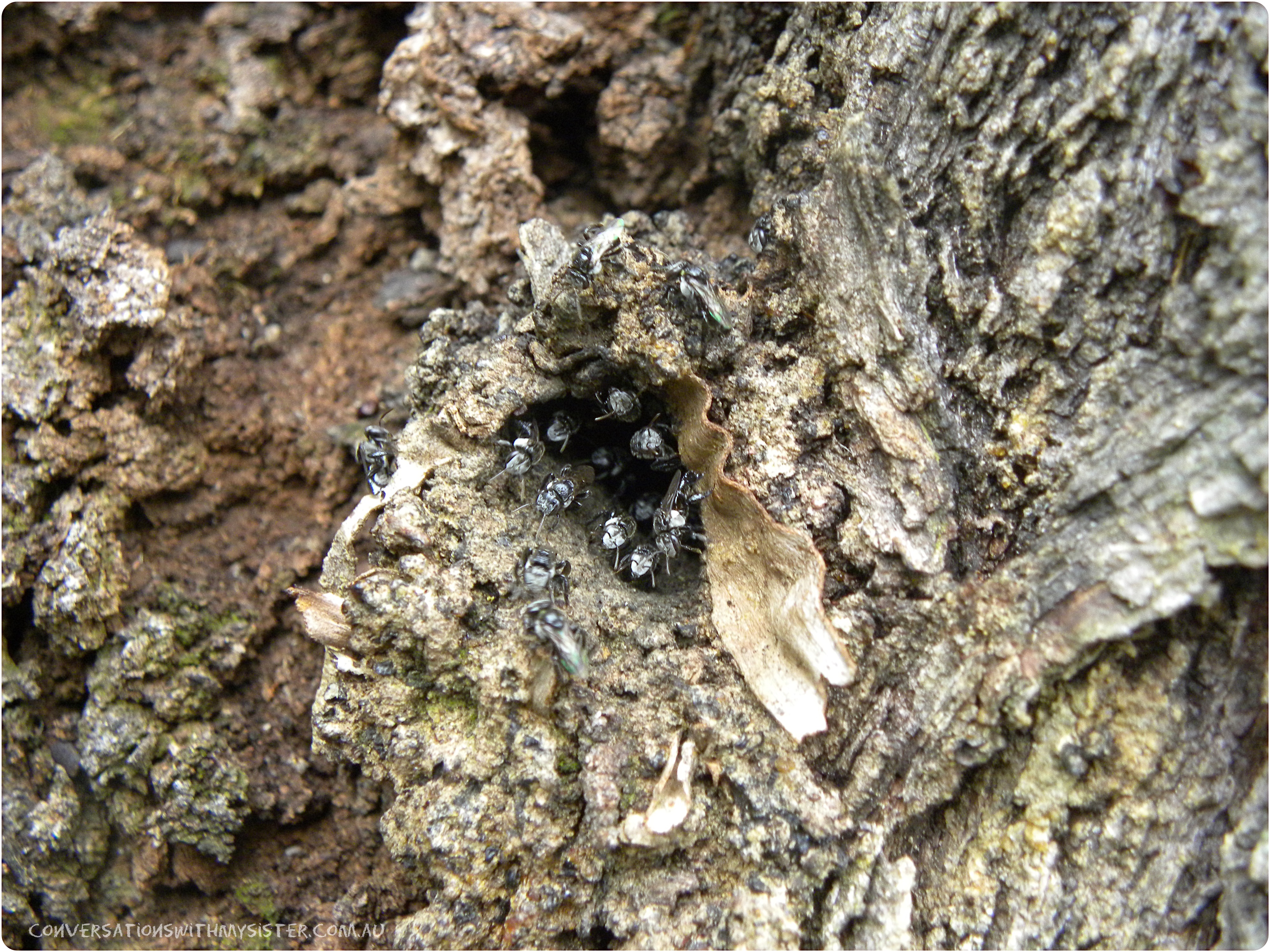




















9 Responses to CWMS is ‘Buzzing’ as we Save Hundreds of Lives